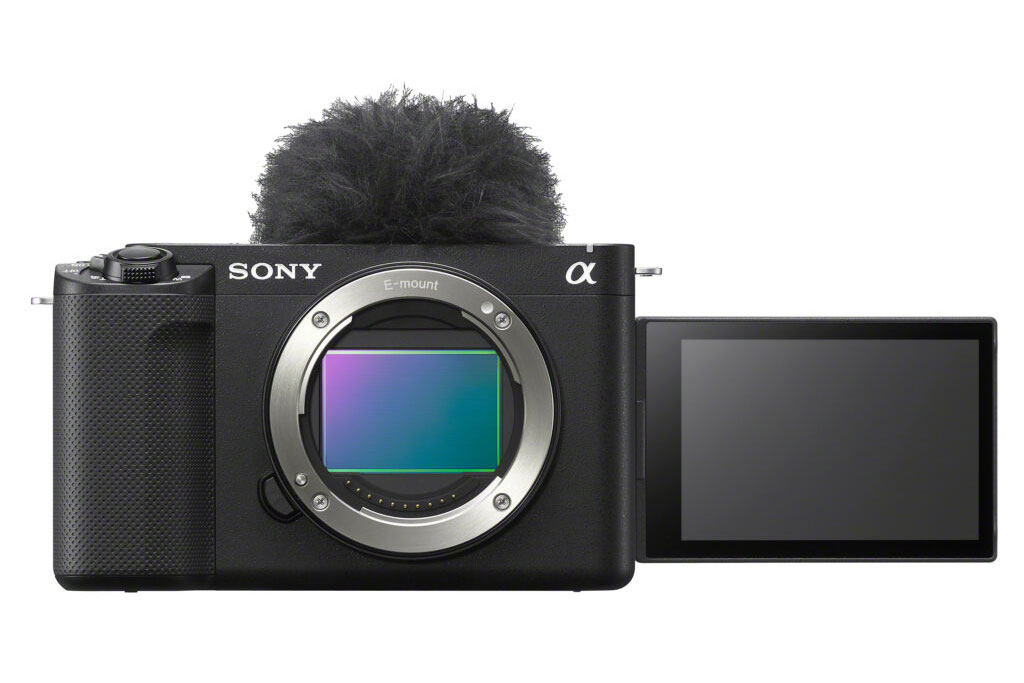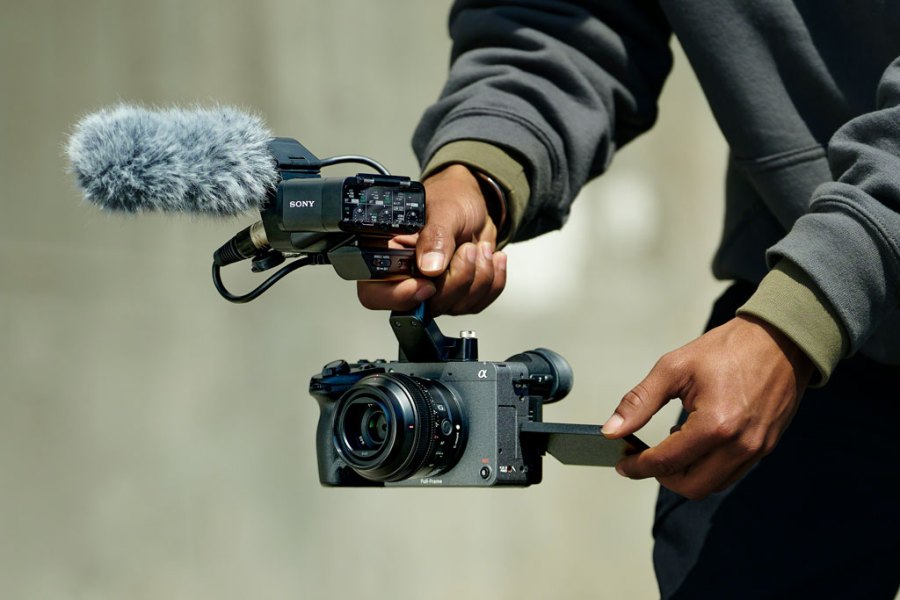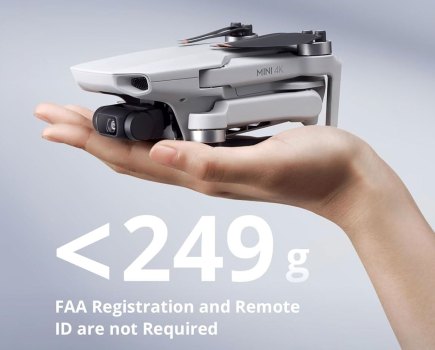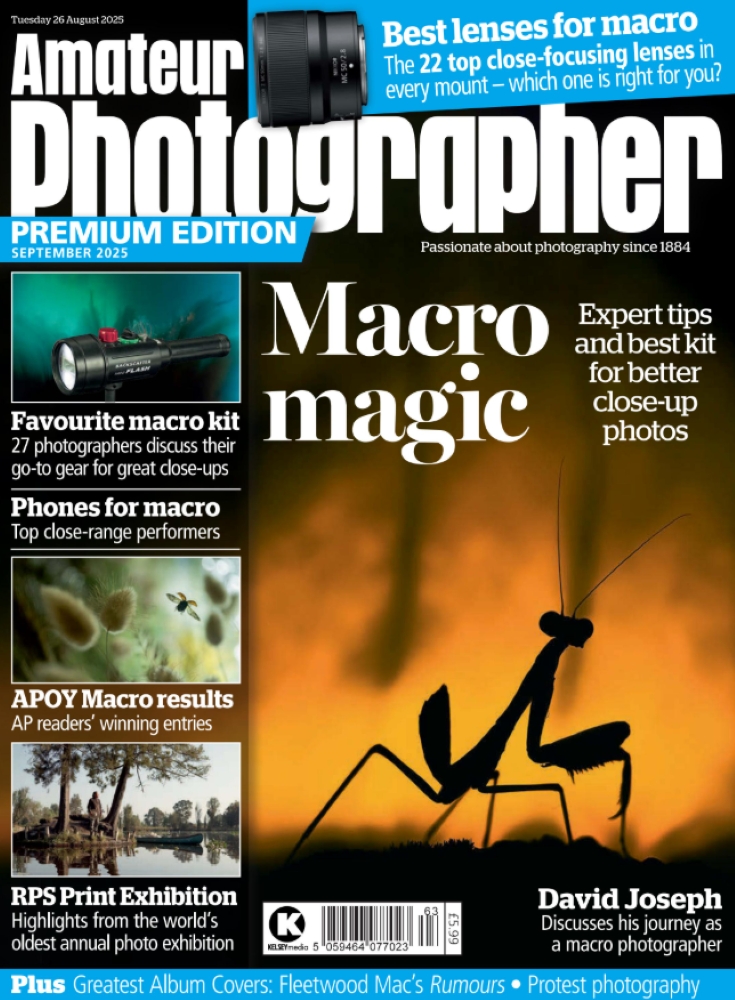Why do so many people use Sony cameras for video? I have several hunches. The brand has a long and distinguished heritage with innovative electronics. There’s the goodwill afforded it by generations who grew up loving its Walkman, PlayStation, video recorders, tellies and ever evolving gadgetry that inveigled itself into our everyday lives. Plus, it has the heft and resources behind its global branding to make anything a hit. It notably bought out Konica Minolta’s camera division in 2006 so Sony could re-create its existing DSLR infrastructure and christen it ‘Alpha’.
But I wager people of my generation consider Sony first when it comes to shooting video precisely because of its palm-sized ‘Handycam’ camcorder heritage. When our dads invested in a camcorder to record family occasions, outings and holidays, it was a Sony Handycam… if affordable. Sony products always commanded a premium, which made them aspirational. There were also the first to market with full-frame mirrorless cameras, making them smaller than traditional DSLRs.
Fast forward to today and, with photographers expected to shoot as much video as they do stills to provide ‘content’ – whether in promotion of themselves, their clients or, most likely, both – it’s no surprise Sony capitalised on the post pandemic podcast boom in bringing out is own ZV vlogging cameras aimed at content creators. At the time of writing, we have the full frame ZV-E1, the 1-inch sensor ZV-1 F and ZV-1 II and the APS-C sensor incorporating ZV-E10 II, catering to a variety of price points. For those who like the idea of the lightweight portable body, yet are more serious about their filmmaking, alternative options for videographers come in the shape of Sony’s FX2 and FX3 Cinema Line cameras.

While these are competent, consistent offerings, there is much competition for the Japanese electronics giant. Our smartphones have consistently got better at shooting video, with whole movies, such as 28 Years Later, now filmed on iPhone. Plus, most dedicated digital cameras, with a couple of deliberate exceptions in the Leica M11 Monochrom and M11-D, come with AI enhanced 4K resolution recording that can deliver broadcast quality results at a consumer price. Panasonic’s Lumix series has long sold itself as a ‘hybrid’ range as adept at video recording as stills capture, while photo stalwarts Canon and Nikon are riding the bandwagon with the ‘video first’ EOS R50 V and Z30, respectively.
While most 80s, 90s and 2000’s era camcorders, including the Sony Handycam, gather dust in the back of cupboards, our desire to capture and share video has never been more acute. While once we may have hid from Dad’s camcorder lens, now we don’t go a day without sharing TikTok videos of every utterance, experience and pursuit. What was once scoffed at as narcissistic is the actively encouraged social norm.
Inevitably, as with most things in life, the reasons behind this come down to money, just as much as the human desire to connect. There is money to be made from all the free ‘content’ we’re creating and uploading, with very little if any trickling back into our own pockets. Sony products are grease to the wheel of the social media billionaires – and, in needing our own dopamine hit, we are all now willingly compliant.
The views expressed in this column are not necessarily those of Amateur Photographer magazine or Kelsey Media Limited. If you have an opinion you’d like to share on this topic, or any other photography related subject, email: ap.ed@kelsey.co.uk








